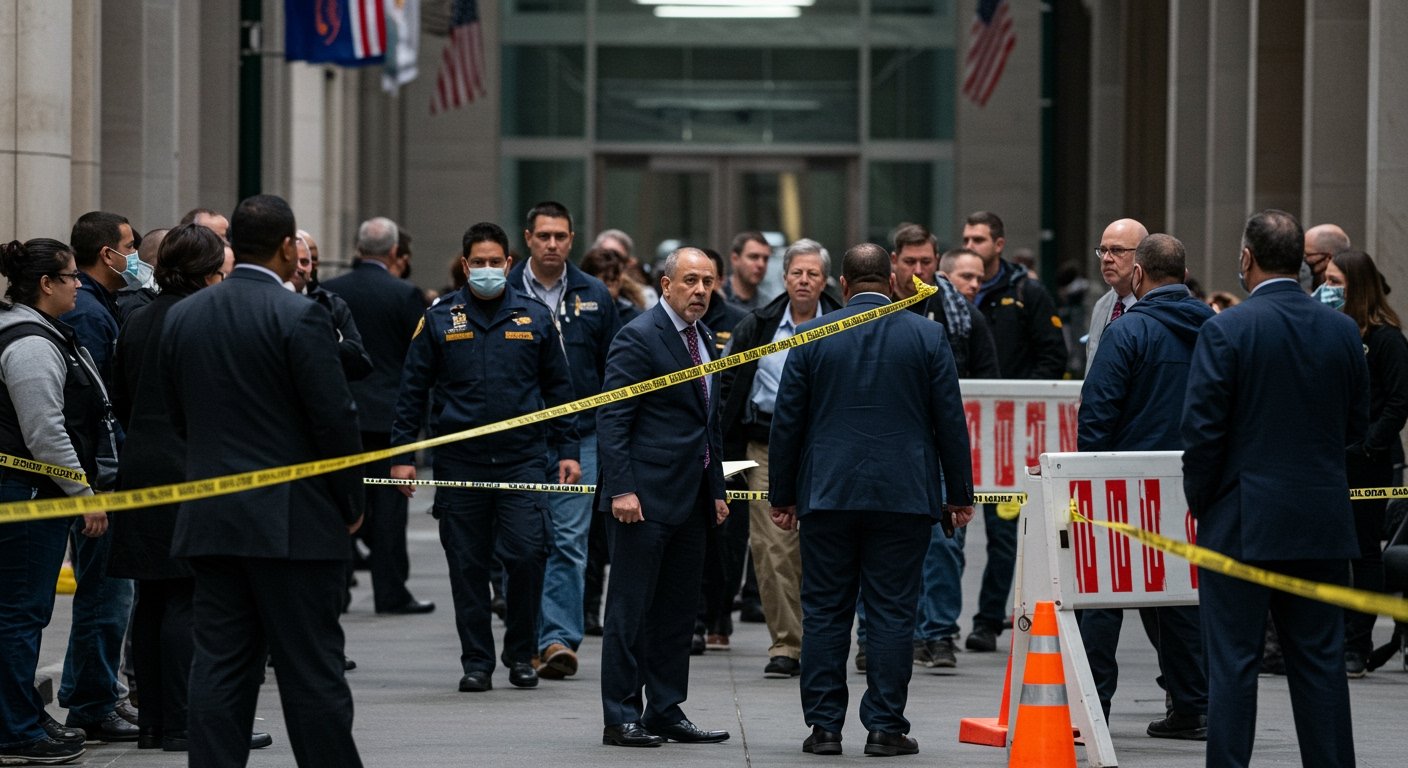The Trump administration’s recent reversal of a temporary pause on immigration enforcement raids targeting key sectors like farms, hotels, and restaurants has injected significant uncertainty into the U.S. economy. This move, which ended a brief period of relief for businesses heavily reliant on foreign-born labor, has sparked renewed fear among workers and confusion within industries, presenting a stark conflict with the nation’s current low unemployment rate and demand for labor. The intensification of worksite enforcement by U.S. Immigration and Customs Enforcement (ICE) is now creating tangible disruptions, from reduced workforces on individual operations to widespread labor shortages driven by fear.
Policy Shift and Official Justification
The decision to resume these targeted raids was accompanied by a clear statement from the Department of Homeland Security (DHS). Assistant Secretary of the Department of Homeland Security Tricia McLaughlin articulated the administration’s stance, stating that “There will be no safe spaces for industries who harbor violent criminals or purposely try to undermine (immigration enforcement) efforts. Worksite enforcement remains a cornerstone of our efforts to safeguard public safety, national security and economic stability.” This official justification frames the enforcement actions as essential for national security and economic stability, despite critics arguing the current approach undermines certain aspects of the economy by disrupting labor markets.
The Business and Worker Response
The policy shift has generated significant apprehension. According to Rebecca Shi, CEO of the American Business Immigration Coalition, the reversal and subsequent actions have caused widespread “confusion and renewed fear among businesses.” Many businesses, particularly in labor-intensive sectors like agriculture and hospitality, depend heavily on foreign-born workers, both documented and undocumented, to fill essential roles that domestic workers often do not take. The prospect of sudden raids and the resulting loss of a significant portion of their workforce poses an existential threat to some operations.
Intensified Enforcement and Quotas
The recent escalation in enforcement activity is reportedly linked to ambitious new directives within the agency. Reports indicate that White House deputy chief of staff Stephen Miller, a key architect of the administration’s immigration policies, reportedly set a daily arrest quota for U.S. Immigration and Customs Enforcement (ICE) at 3,000 individuals. This figure represents a dramatic increase compared to the previous daily average, which stood at approximately 650 arrests. This reported quota has fueled an aggressive pursuit of enforcement targets, including worksite operations, leading to the observable uptick in raids and enforcement actions across the country.
Real-World Impacts and Examples
The consequences of this intensified enforcement are being felt directly on the ground. Examples cited include the increased presence of ICE agents on farms, a critical sector for the U.S. food supply. A particularly stark illustration occurred at a dairy operation in New Mexico, where an ICE raid drastically reduced the workforce from 55 to just 20 workers. Such immediate and severe labor losses make it incredibly difficult, if not impossible, for businesses to continue operating at full capacity. The uncertainty extends beyond areas where raids have occurred. Foreign-born workers, fearing potential enforcement actions, are reportedly avoiding jobs even in the absence of direct ICE activity. This includes critical seasonal work, such as the cherry picking season in Washington state, where the fear of raids is leading to labor shortages as potential workers opt not to travel or seek employment in vulnerable sectors. This pervasive fear, separate from actual enforcement, is itself disrupting labor markets.
The Economic Contradiction
This climate of fear and enforcement stands in stark contrast to the prevailing U.S. economic reality. The nation currently boasts a low unemployment rate of 4.2%, indicating a tight labor market where businesses are actively seeking workers. Instead of having an abundance of available labor, many industries are struggling to find enough staff. The intensified ICE worksite enforcement, by removing existing workers and deterring potential ones, directly exacerbates these labor shortages. This situation presents a significant challenge for businesses attempting to meet consumer demand and maintain economic growth, highlighting a tension between the administration’s immigration enforcement priorities and the needs of the U.S. economy.
Conclusion
The Trump administration’s decision to escalate ICE worksite enforcement has created a complex and challenging environment for businesses and workers across the United States. While officials frame these actions as necessary for public safety and national security, the practical impact is one of disruption, uncertainty, and fear. The dramatic increase in reported enforcement targets and the real-world examples of reduced workforces demonstrate the tangible consequences. This situation is particularly noteworthy given the low national unemployment rate, as the enforcement actions are actively undermining businesses’ ability to secure the labor they need. As ICE continues its intensified operations, the resulting uncertainty is likely to persist, leaving businesses grappling with labor challenges and workers living under the constant threat of apprehension, creating a climate of economic strain for vulnerable sectors.





